Interrogating Energy Metabolism Pathways for Drug Discovery
Tumor cells are characterized by altered metabolism, resulting in cell proliferation. These cells also undergo increased oxidative stress. Multiple metabolic pathways affected by these changes present attractive drug targets.
An Overview of Common Energy Metabolism Pathways
Several complex pathways are involved with energy metabolism within the cell. This schematic diagram shows high-throughput assays that can be used to interrogate key energy metabolism pathways that are disrupted in disease states.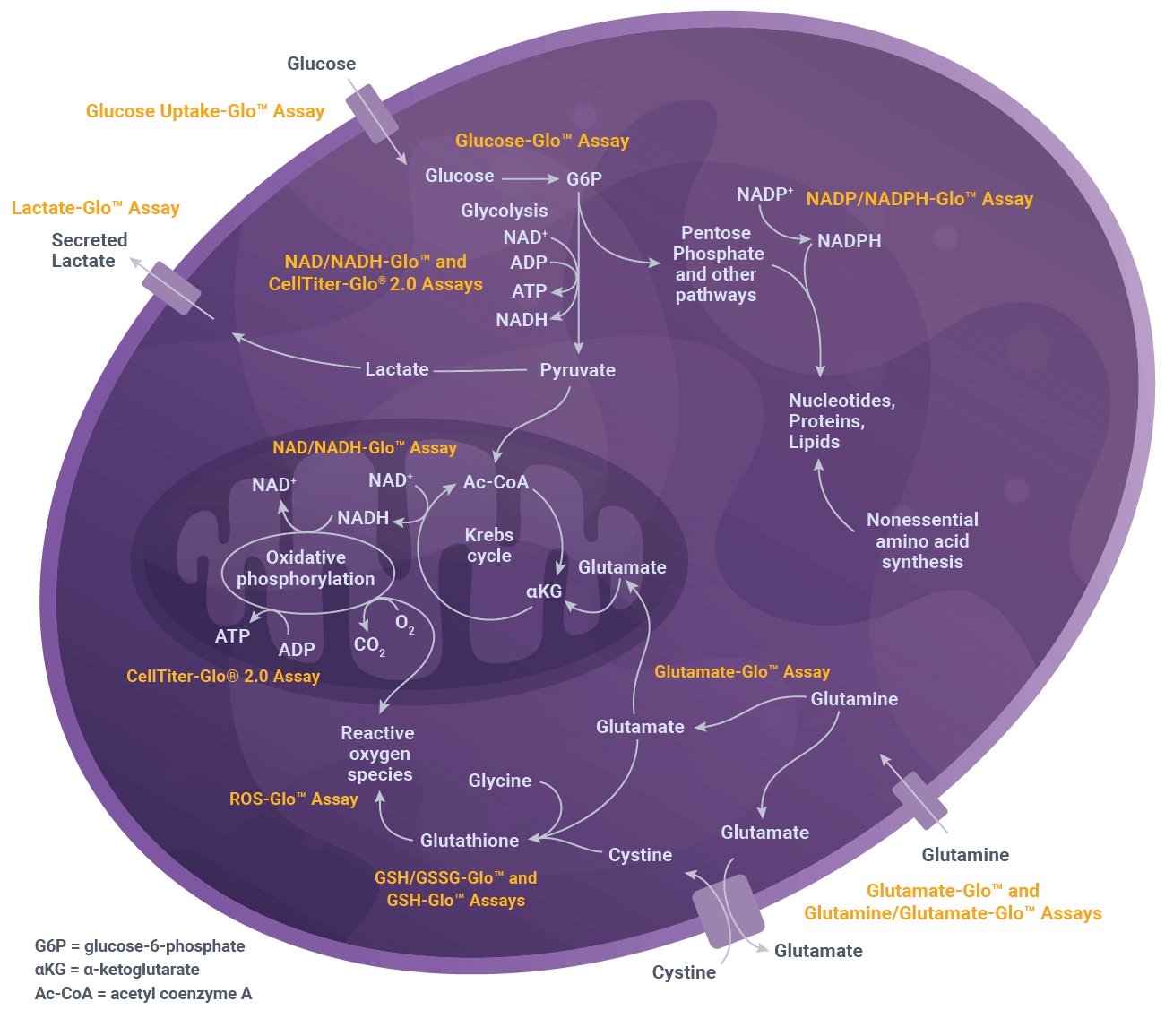
Metabolite Detection
In cancer cells, glycolysis is the main source of energy. The cells also increase their uptake of glutamine. Glycolysis can be monitored using live-cell analysis by measuring glucose uptake and consumption, and lactate secretion in tumors, while glutaminolysis can be monitored by measuring glutamine and glutamate levels.
These assays can also be used to study alterations in immune cell metabolism and provide insight into metabolic checkpoints targeted in infectious diseases, cancers or inflammatory disorders.

Oxidative Stress
Altered metabolism in tumor cells generates high levels of reactive oxygen species (ROS), such as H2O2. However, excessive ROS can suppress tumor growth and induce cell death. In order to counterbalance ROS levels, tumor cells also produce antioxidants, such as glutathione (GSH), that act together with co-factors like NAD+/NADH and NADP+/NADPH.
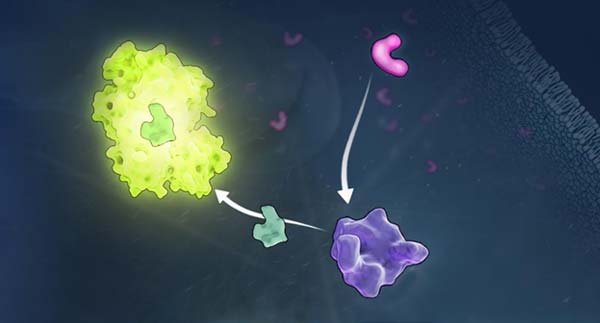
Nucleotide and Co-factor Detection
NAD+/NADH and NADP+/NADPH act as biomarkers to study cells undergoing oxidative stress. In addition, ATP levels can be measured as an indicator of the amount of viable cells in a sample population.
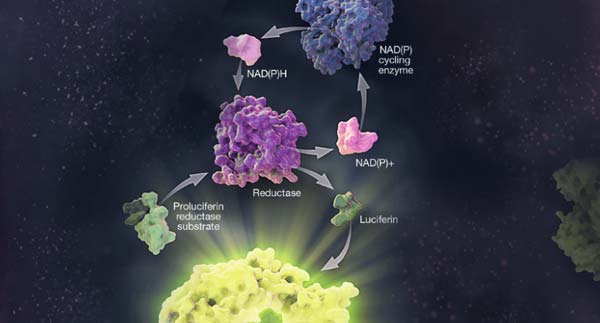
Energy Metabolism Resources
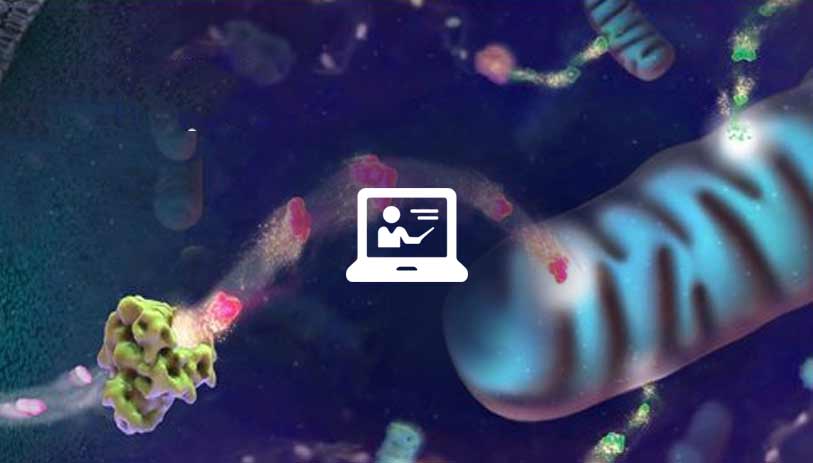
Ask the Experts: Energy Metabolism Assays
Questions and answers about energy metabolism assays.
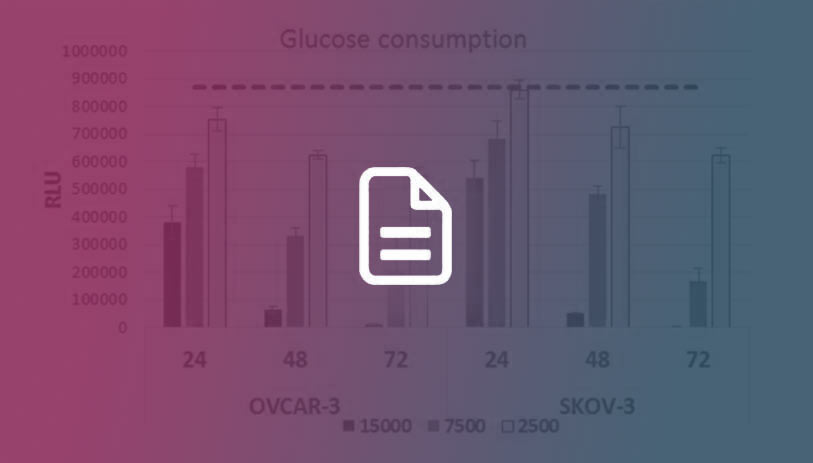
High-Throughput Metabolism Assays
This publication in SLAS Discovery discusses bioluminescent assays suitable for high-throughput analysis of glycolysis and glutaminolysis.
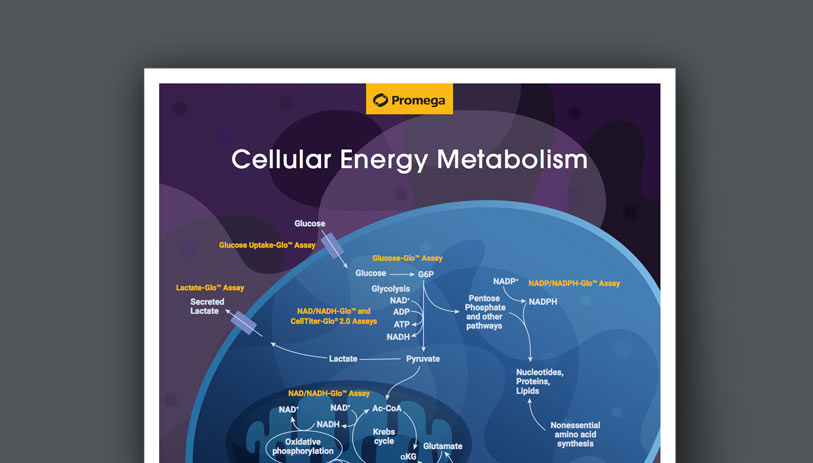
Cellular Energy Metabolism Wall Chart
This wall poster is a great reference to understand the relationships among metabolic pathways.
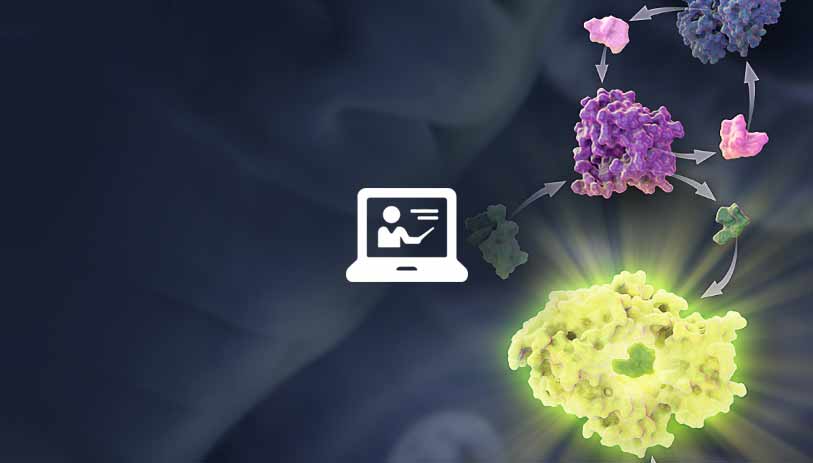
Tools for Cell Metabolism: Bioluminescent NAD(P)/NAD(P)H-Glo™ Assays
This webinar discusses how to study the roles of nicotinamide adenine dinucleotides in cellular energy metabolism more rapidly and with higher precision.

Quantifying Glutathione Content in Mammalian Cells
Discover a rapid, luminescence-based assay to rapidly quantify the total intra- and extracellular glutathione (GSH) content of mammalian cells and tissues.
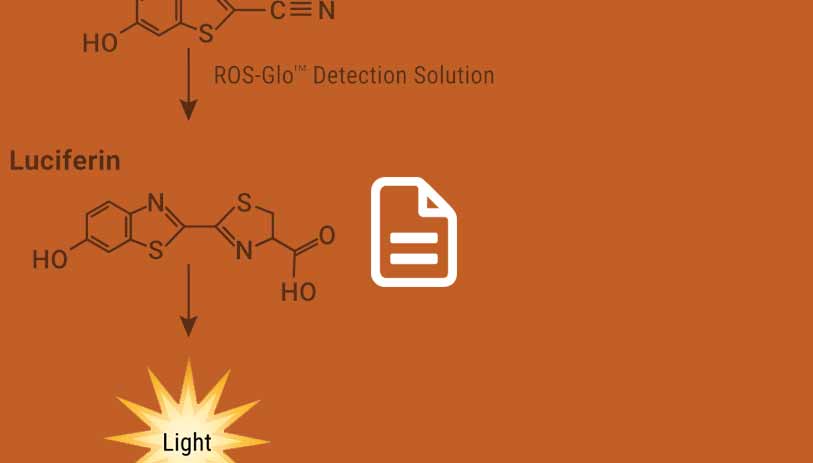
A Luminescent Assay for Detection of Reactive Oxygen Species
The ROS-Glo™ H2O2 Assay allows identification of conditions or test compounds such as small molecule inhibitors or inducers that alter ROS levels.